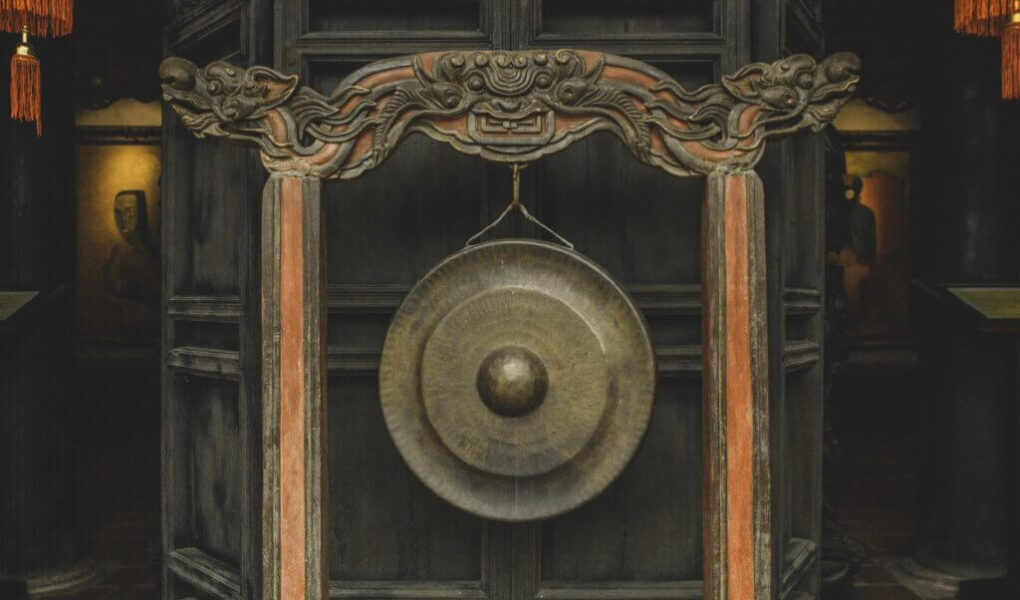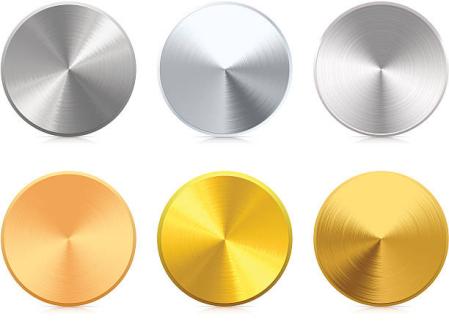Introduction: The Rich History of the Gong as a Musical Instrument
Table of Contents
The gong, is a percussion instrument that has been used for centuries across different cultures and traditions. It is made of metal alloys and is circular in shape with a raised center. The gong is struck with a mallet to produce a rich, deep sound that varies in tone and frequency depending on the size and shape of the instrument. The versatility and power of the gong have made it an integral part of many musical traditions, from ceremonial and ritual music to orchestral performance.
As a musical instrument, the gong has a long and rich history that spans many cultures and traditions. It was likely first developed in East Asia, where it was used in religious ceremonies and as a signal instrument. Over time, it spread to other parts of Asia, the Middle East, and Europe, where it became popular in classical music and military bands. Today, the gong continues to be a popular instrument in many cultures and is often used for therapeutic purposes in sound healing and meditation.
The Many Shapes and Sizes of Gongs Across Cultures
One of the most fascinating aspects of gongs is the incredible variety of sizes and shapes they come in. From the tiny nipple gongs of Southeast Asia to the massive temple gongs of China, there is a gong to suit every musical purpose. In many cultures, the specific shape and size of a gong are thought to affect the quality of the sound it produces. For example, some gongs are designed to produce very high-pitched, piercing tones, while others are meant to produce deep, resonant sounds that can be felt in the body.
In addition to variations in shape and size, gongs are often decorated with intricate designs and symbols that reflect the culture from which they originate. For example, many gongs in China are adorned with traditional calligraphic symbols that represent good luck or blessings. In Indonesia, gongs are often decorated with scenes from traditional stories and myths. These decorations not only add to the aesthetic appeal of the instrument but also reflect the cultural significance of the gong in its specific context.
The Mythical and Spiritual Significance of Gongs Through Time
Gongs have played an important role in many spiritual and mythological traditions throughout history. In many cultures, gongs are believed to have magical powers and are associated with various deities and spirits. For example, in Hindu mythology, the god Shiva is said to have created the first gong using a metal alloy made of his own bones. In some parts of Southeast Asia, gongs are used in shamanic rituals to summon spirits and communicate with the ancestors.
Today, the use of gongs in spiritual and therapeutic contexts continues to grow in popularity. Many people believe that the deep, resonant sound of the gong can help them connect with a higher power or achieve a state of deep relaxation and calmness. In sound healing practices, gongs are often used to balance the energy centers of the body and promote harmony and well-being.
The Physical and Emotional Effects of Gong Meditation and Sound Healing
The use of gongs in meditation and sound healing has been shown to have a wide range of physical and emotional benefits. The deep, resonant sound of the gong can help to reduce stress and promote relaxation, which can have a positive impact on overall physical health. Additionally, the vibrations produced by the gong are thought to have a beneficial effect on the body’s energy centers or chakras, which can help to promote healing and balance.
In terms of emotional benefits, many people who practice gong meditation report feeling a sense of tranquility and calmness after a session. Some even describe experiencing profound spiritual or mystical experiences during a gong meditation. The use of gongs in therapy and healing practices has become increasingly popular in recent years, as more people seek out natural and holistic ways to improve their well-being.
The Modern Revival of Gong Music in Western Music Therapy and New Age Circles
In recent years, the use of gongs in music therapy and new age circles has gained popularity in Western cultures. Many musicians and therapists are exploring the therapeutic potential of gongs and incorporating them into their practices. The deep, resonant sound of the gong is especially well-suited for meditation, relaxation, and other therapeutic purposes, making it an ideal instrument for use in therapy and wellness practices.
Today, gongs are used in a wide range of settings, from hospitals and rehabilitation centers to spas and yoga studios. As interest in natural and holistic approaches to health and wellness continues to grow, it is likely that the use of gongs in therapy and healing practices will continue to expand and evolve in exciting new ways.
Conclusion: The Enduring Appeal of the Gong as a Source of Sonic Magic and Cultural Identity
The gong is a unique and versatile instrument that has captured the imaginations of musicians and listeners for centuries. Its rich history, diverse cultural contexts, and versatile sound make it a fascinating subject for exploration and discovery. From its role in spiritual and mythological traditions to its use in modern music therapy and wellness practices, the gong continues to hold a place of importance and significance in both musical and cultural contexts.
Whether used for meditation and relaxation or as a powerful symbol of cultural identity, the gong remains a powerful and enduring source of sonic magic that continues to captivate and inspire people around the world.




